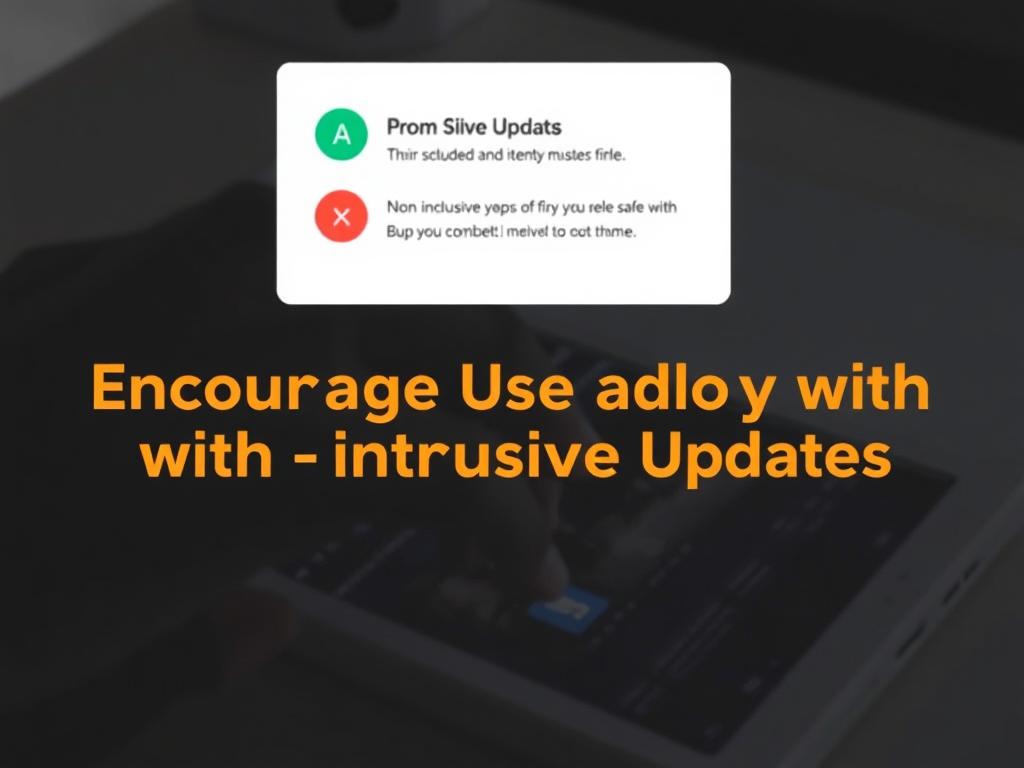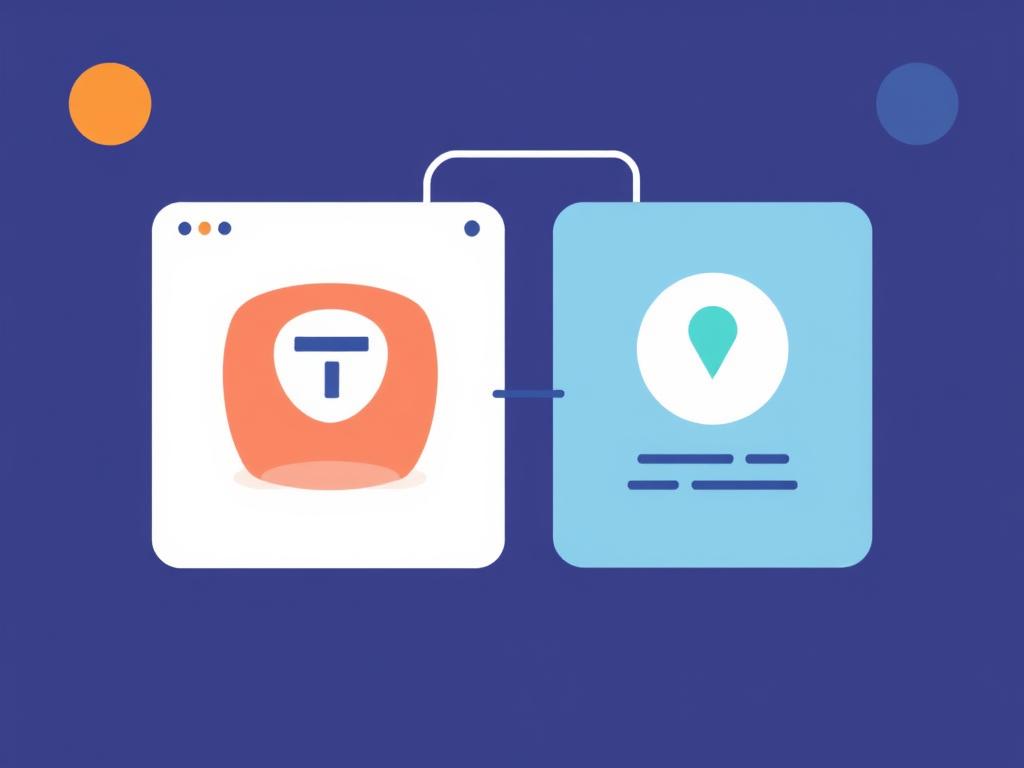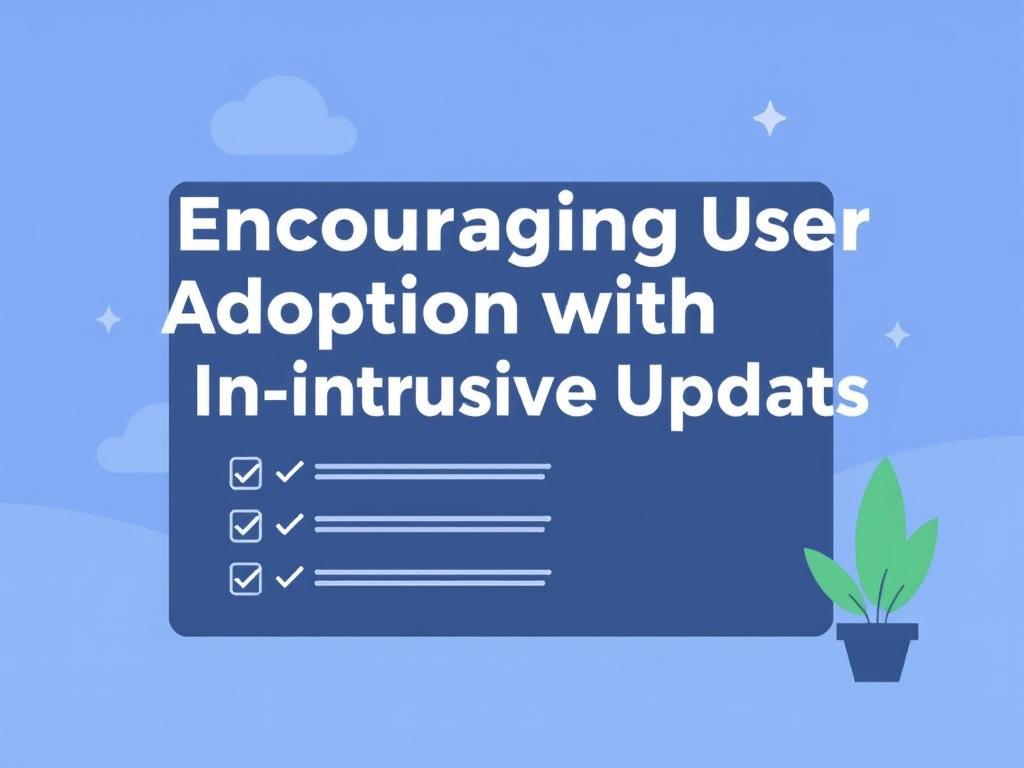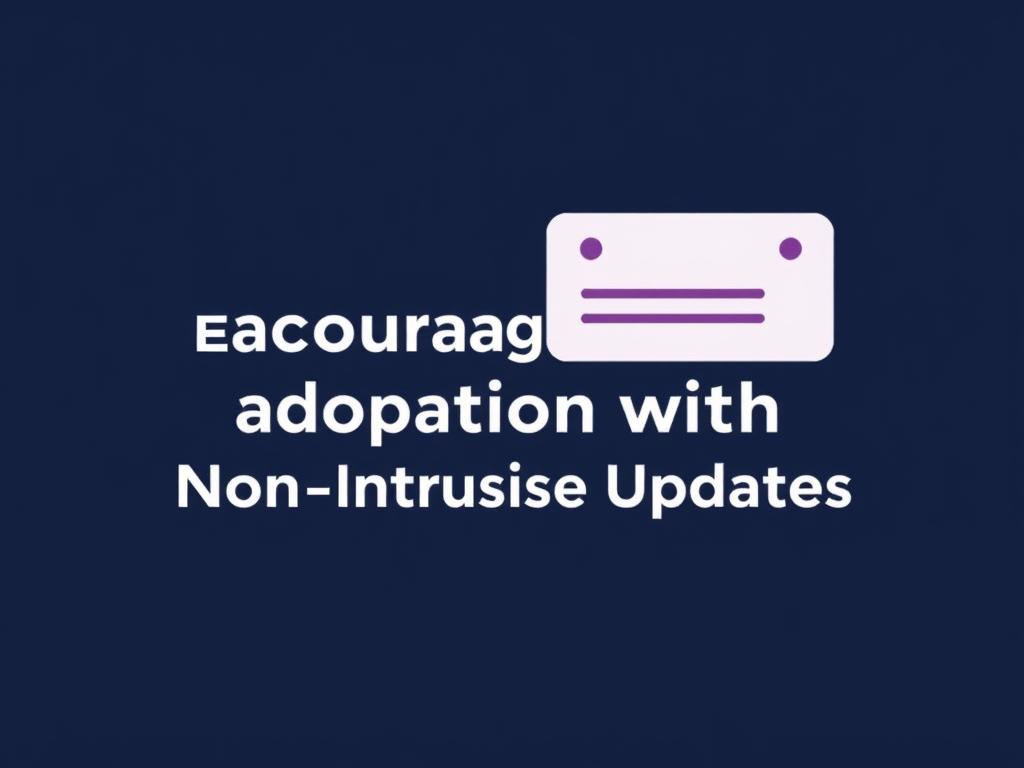Understanding the Importance of User Adoption in Software Updates
When software evolves, getting users to embrace new features and changes can be a real challenge. Encouraging user adoption with non-intrusive updates is a strategy that focuses on making these changes smooth and effortless, reducing frustration and resistance. Users often resist updates that disrupt their workflow or force them to relearn familiar processes overnight. Therefore, companies need to consider how to roll out improvements without interrupting the user experience.
Many businesses pour resources into developing new features but underestimate the power of user-friendly update strategies. Non-intrusive updates mean users receive improvements without feeling overwhelmed or forced to interrupt their tasks. This approach builds trust, making users more open to continual change and innovation. It creates an environment where users see updates as helpful enhancements rather than irritating barriers.
What Are Non-Intrusive Updates?

Non-intrusive updates refer to software improvements rolled out in a way that minimizes disruptions to the user’s interaction with the system. Instead of large, disruptive updates, the goal is to integrate changes subtly or gradually. This can mean background updates, optional update prompts, or feature introductions that fit naturally into the existing interface.
Here are some typical characteristics of non-intrusive updates:
- Background installation without interrupting workflows
- Optional or delayed update prompts that do not force immediate action
- User-friendly notifications explaining benefits without technical jargon
- Gradual rollout of new features to allow user adaptation
- Clear opt-in or opt-out choices where relevant
This approach respects the user’s time and attention, which is crucial in building a loyal audience that trusts your software.
Why Traditional Update Methods Can Fail

Traditional update methods often involve forcing users to stop what they’re doing and install changes immediately. Sometimes, these updates come with extensive user interface overhauls, new workflows, or removed features, which lead to confusion or frustration. When users feel pushed or blindsided, they might resist updates or even abandon the product entirely.
Some challenges with traditional updates include:
- Interrupting critical user tasks
- Confusing users with sudden, unexplained changes
- Causing technical issues that users must troubleshoot
- Lack of communication about the benefits or necessity of the update
When updates feel more like demands than helpful improvements, user adoption rates plummet. This problem highlights the need to rethink how updates reach users.
Strategies to Implement Non-Intrusive Updates
To encourage user adoption with non-intrusive updates, companies can employ several thoughtful strategies. Here’s a practical guide outlining key methods:
| Strategy | Description | Benefits |
|---|---|---|
| Silent Background Updates | Install patches or minor updates quietly in the background. | Minimal disruption, increased security without user action. |
| Incremental Rollouts | Release changes gradually to a subset of users before full launch. | Identifies issues early, allows user feedback, eases adaptation. |
| Contextual In-App Guidance | Use tooltips or hints to introduce new features as users encounter related tasks. | Natural learning curve, reduces overwhelm. |
| Optional Update Prompts | Allow users to choose when to update, with reminders that explain benefits. | Respects user control and timing preferences. |
| Clear Communication Channels | Provide easy access to update notes, support, and feedback options. | Builds trust, encourages dialogue, and addresses concerns. |
Employing these strategies can significantly smooth the update experience, turning it into a positive encounter rather than a frustrating interruption.
Balancing User Control and Security
One of the biggest challenges in encouraging user adoption with non-intrusive updates is balancing user autonomy with the company’s need to maintain security and functionality. Some updates are critical to fix security vulnerabilities and must be installed promptly. However, forcing users without explanation can cause backlash or confusion.
To strike the right balance, it’s essential to communicate openly about why an update is important. Using clear, non-technical language to describe benefits and risks helps users understand the necessity of timely updates. When users feel informed rather than coerced, they are more likely to comply willingly.
Offering users some control—like scheduling update times or postponing non-critical updates—demonstrates respect for their time and work rhythms. This user-centered attitude often translates into better adoption rates and long-term satisfaction.
The Role of User Feedback in Update Success
Integrating user feedback when rolling out updates supports ongoing improvement and encourages adoption by making users feel valued. When companies listen and respond to concerns, bugs, or feature requests, users perceive the software as evolving thoughtfully rather than arbitrarily.
There are several ways to gather feedback related to updates:
- In-app surveys post-update
- Feedback buttons accessible at all times
- Community forums or social media engagement
- Beta programs allowing users early access
By creating two-way communication, developers not only catch potential problems before wide implementation but also build a loyal user base invested in the product’s growth.
Examples of Companies Excelling at Non-Intrusive Updates
Many successful tech companies have embraced non-intrusive update philosophies to boost user adoption:
- Google Chrome: Silent background updates keep the browser secure and fast without interrupting users.
- Slack: Introduces new features gradually and often uses in-app tips to help users catch up smoothly.
- Spotify: Uses incremental rollouts and optional update prompts, allowing users to update at convenient times.
These examples show that prioritizing the user experience during updates can lead to happier, more engaged users and fewer support headaches.
Checklist to Encourage User Adoption with Non-Intrusive Updates

Here’s a quick checklist you can use when planning your update rollout:
- Minimize forced interruptions in user workflows
- Communicate the benefits using simple language
- Offer users the choice to update on their own schedule
- Roll out new features gradually and monitor user feedback
- Use in-app guidance to introduce changes contextually
- Maintain open channels for support and feedback
- Balance update urgency with user convenience and control
Following these tips provides a solid foundation for successful software evolution and user retention.
Final Thoughts on Encouraging User Adoption
Encouraging user adoption with non-intrusive updates is more than a technical challenge—it’s a mindset shift. It requires empathy for the user’s experience, clear communication, and a commitment to continuous improvement. By treating updates as an opportunity to enhance the user journey rather than disrupt it, businesses can create long-lasting relationships that thrive on trust and innovation.
Conclusion
In the fast-paced world of software development, how updates reach and resonate with users can make all the difference. Encouraging user adoption with non-intrusive updates helps ensure enhancements enrich the user experience rather than hinder it. When updates are designed to be seamless, respectful, and user-centric, people are more willing to embrace change. This not only increases satisfaction but also drives ongoing engagement and loyalty. The key is to balance innovation with empathy—allowing technology to evolve while keeping the user’s comfort front and center. With thoughtful strategies such as background updates, contextual guidance, and open communication, companies can transform updates from a dreaded interruption into a welcomed improvement. Ultimately, the goal is to build software that grows alongside its users—effortlessly and enjoyably.

